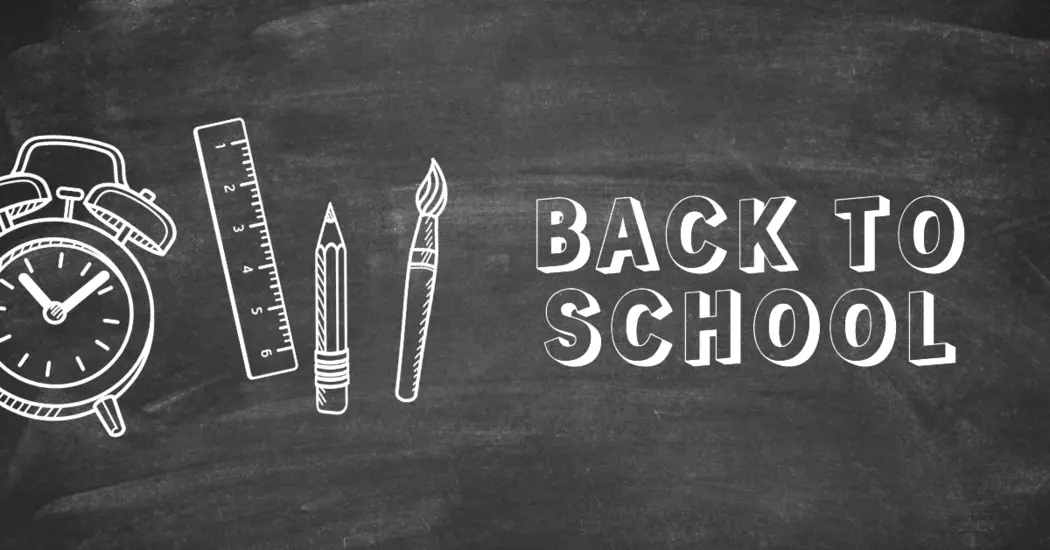Wondering what exactly the difference is between preschool and kindergarten in Singapore? Many parents tend to use these terms interchangeably with reference to the different stages of early childhood education.
In Singapore, “preschool” is an umbrella term that covers various early education programmes like childcare centres, playgroups and kindergartens, catering for children’s education from 2 months to 6 years old. Having a clear understanding of these differences can help parents make informed decisions on their child’s early education.
So… once your child is ready for school, should you enrol them in preschool or in kindergarten? Let’s explore the differences and what you need to know to make the right choice!
What is preschool?
In Singapore, the Ministry of Education defines preschool as an umbrella term referring to any childhood institution that provides early education programmes to children aged six and below.
By this definition, childcare and playgroup centres and kindergartens would be considered preschools.
What does a preschool programme look like, then? It’s a half-or full-day childcare programme that focuses on children’s early holistic development, targeting their emotional, social, cognitive, and physical development.
Every preschool in Singapore is governed by the Early Childhood Development Agency (ECDA), the regulatory agency for the local early childhood sector.
What is kindergarten?
Kindergarten programmes, on the other hand, are academic-focused, shorter programmes for children between the ages of five and six.
A typical kindergarten session lasts about three to four hours a day, with only light snacks are provided, instead of full meals. Parents may have to pack their children’s snacks or lunchboxes themselves.
How about the educational approach?
As parents, it’s essential that you know your child’s interests and preferred learning method to be able to choose the learning approach that best suits their needs.
The good news is, there are a wide range of learning approaches across preschool and kindergarten programmes in Singapore.
For preschool, you’ll find that centres follow their own educational approach or one from overseas, with examples being the Montessori and Reggio Emilia approaches, two popular international early childhood education approaches.
To give you an idea, a preschool curriculum typically includes a variety of hands-on learning and enrichment activities for the development of cognitive, social, and emotional skills. The primary goal is to give them a smooth transition to primary school.
At preschools like My Little Campus, for example, the kindergarten programme follows the same objective of developing children’s early skills, but it’s more focused on academics as a way of preparing them to face and overcome the challenges of Singapore’s rigorous formal education.
What’s the teacher-student ratio for preschool and kindergarten?
As per Early Childhood Education Agency’s guidelines, preschools are required to follow the mandated teacher-student ratio to provide young learners with the best preschool experience.
Ideally, the younger the children are, the smaller the class sizes should be to make sure that every student receives the proper care and attention they need during this period.
A good teacher-student ratio will make it easier for the carers and teachers to support every child in areas where they may need additional support. The agency’s recommended ratio for preschool and kindergarten is within the range of 1:8 to 1:25.
Is there a subsidy for preschool and kindergarten programmes?
Both preschool and kindergarten programmes are covered by government subsidies to help parents defray the high cost of early childhood education.
Singaporean families whose children are enrolled in an ECDA-licensed centre are qualified for the childcare subsidy worth at least $150.
For kindergarten, families can claim up to $161 for every child enrolled in an MOE or Anchor Operator-kindergarten.




